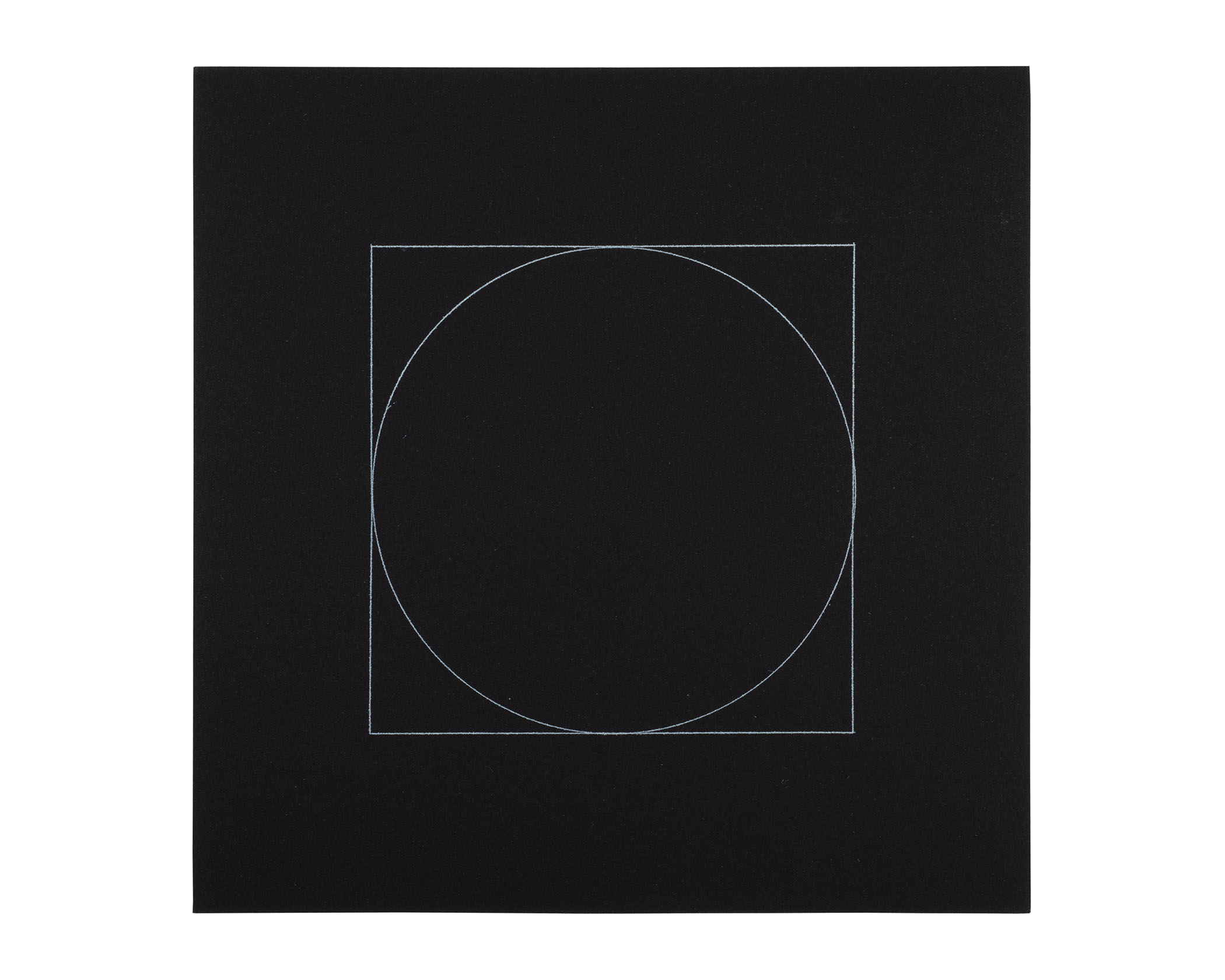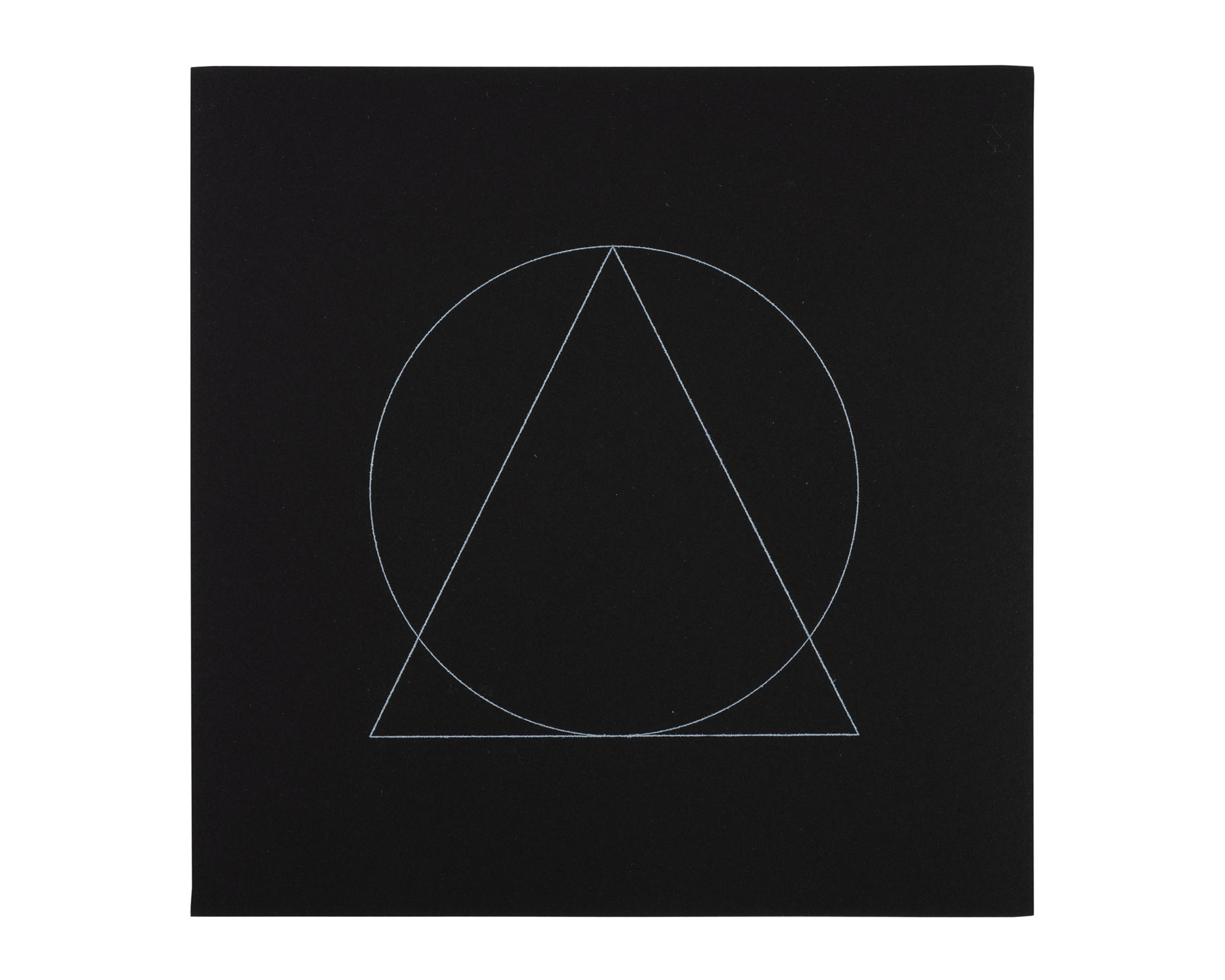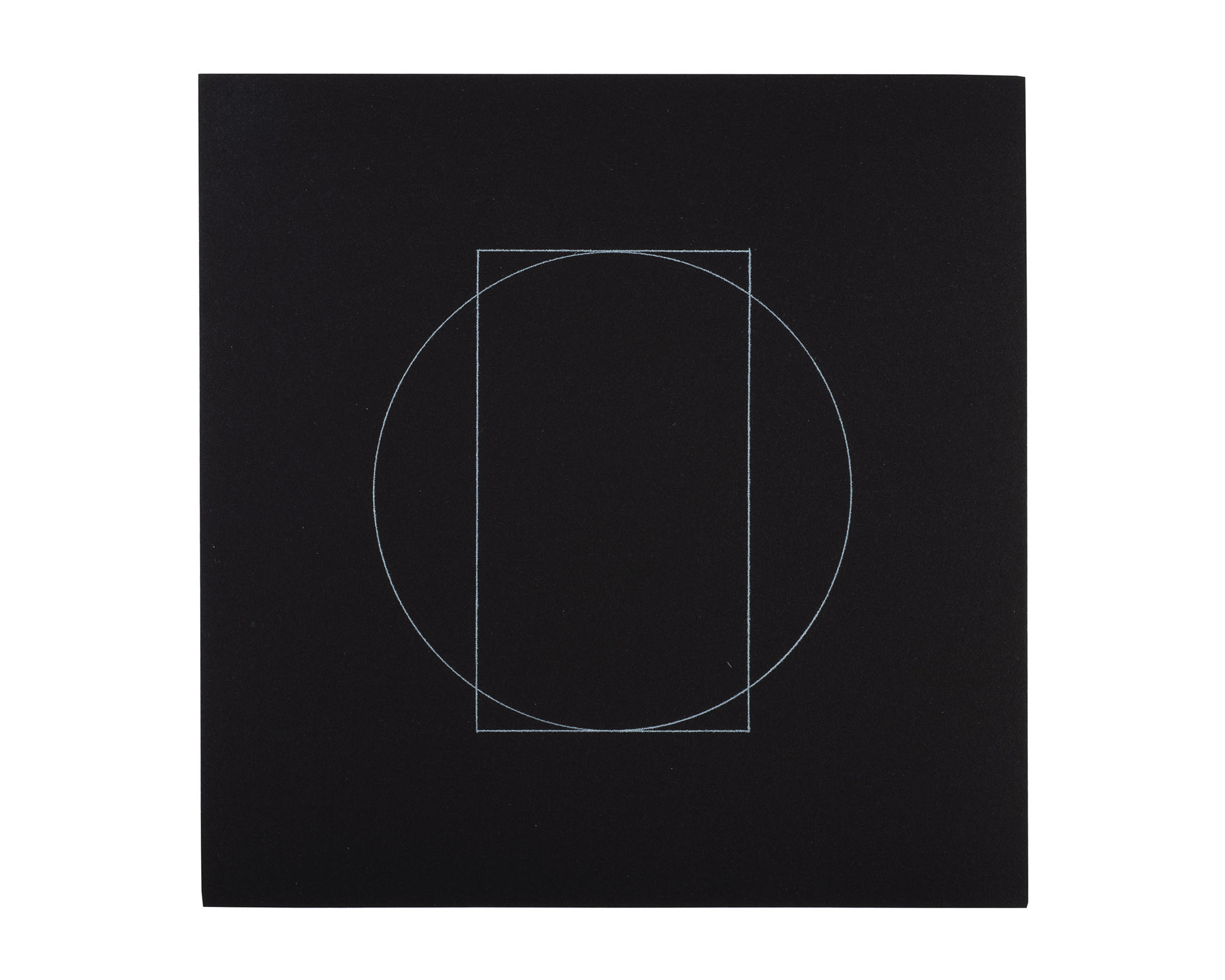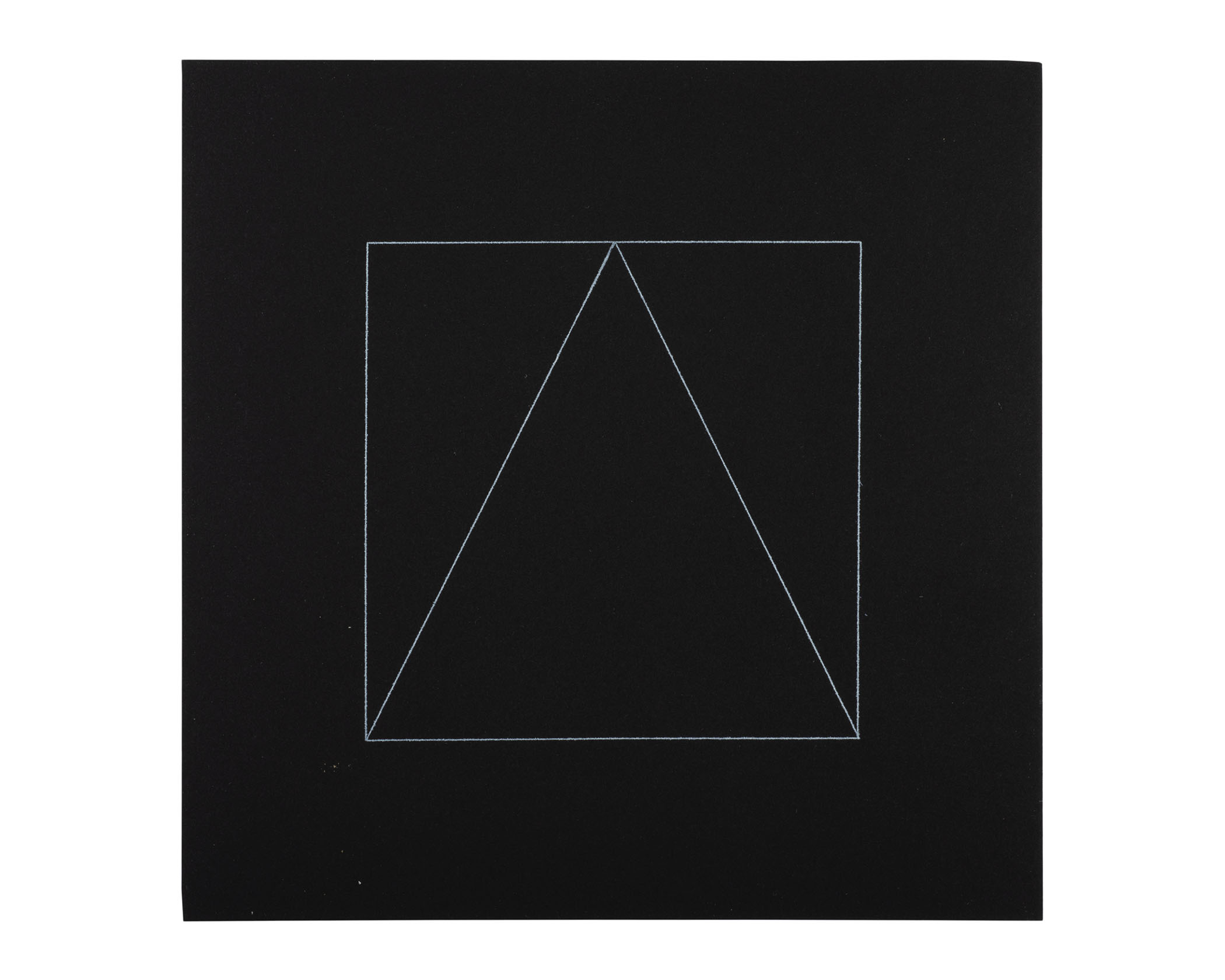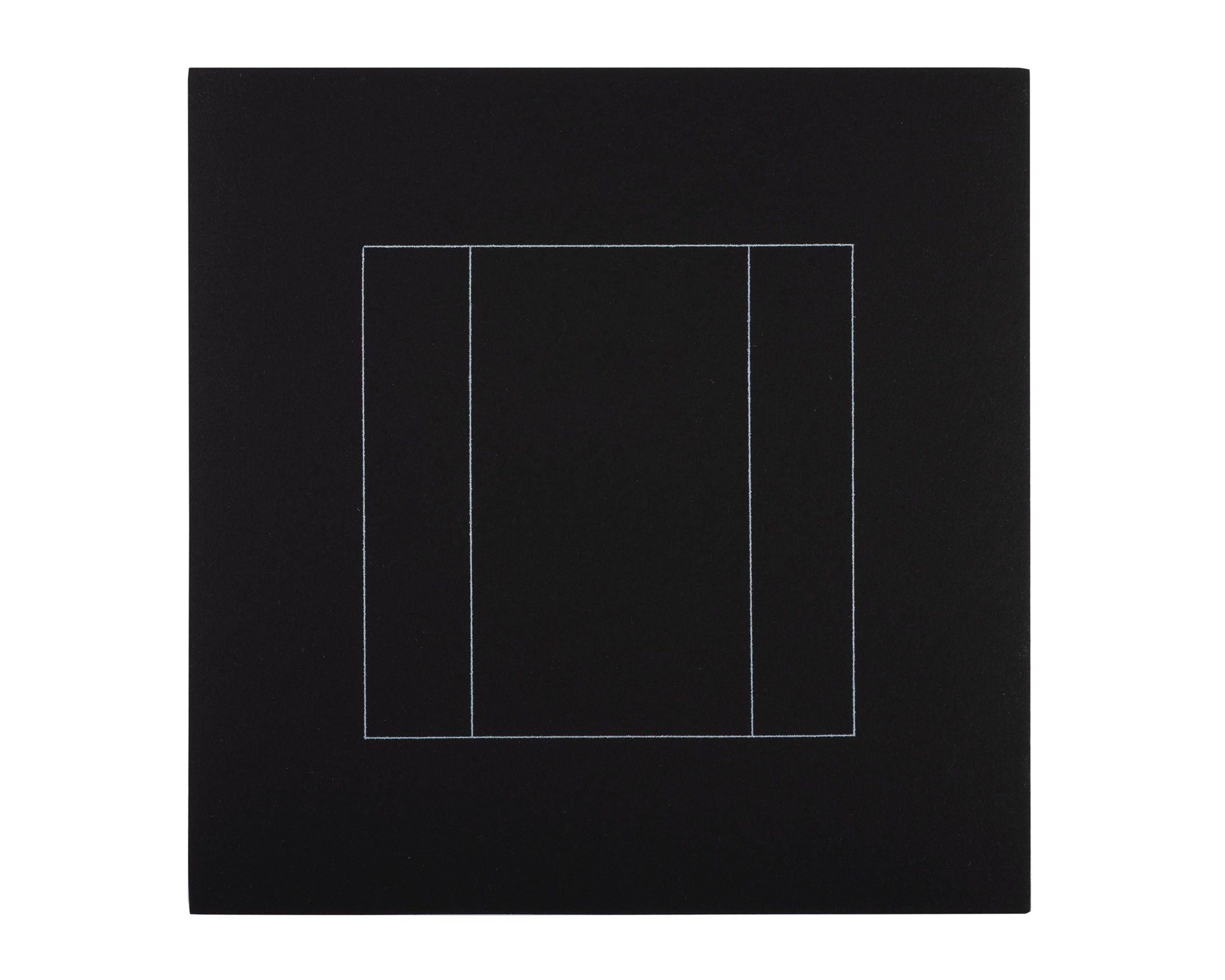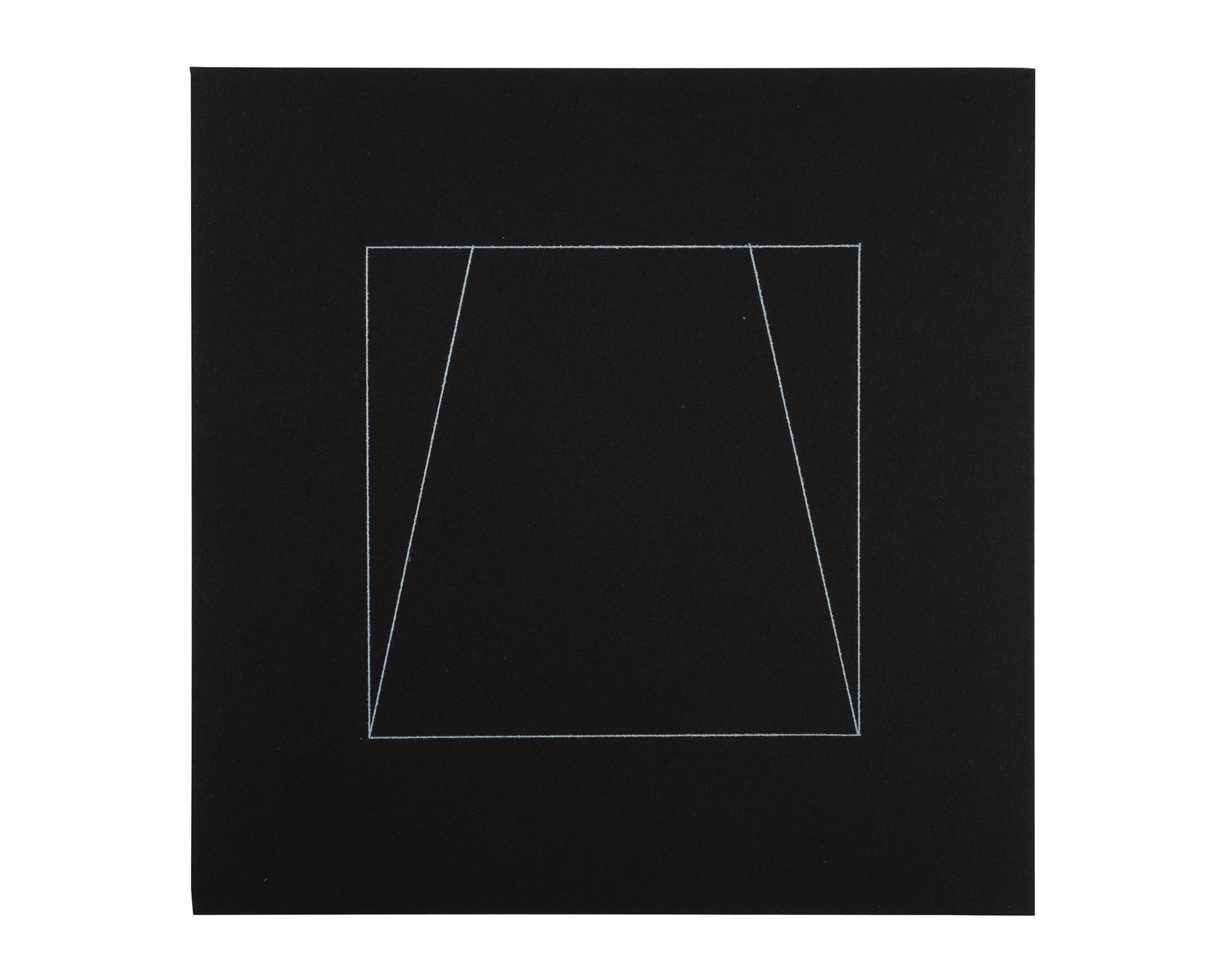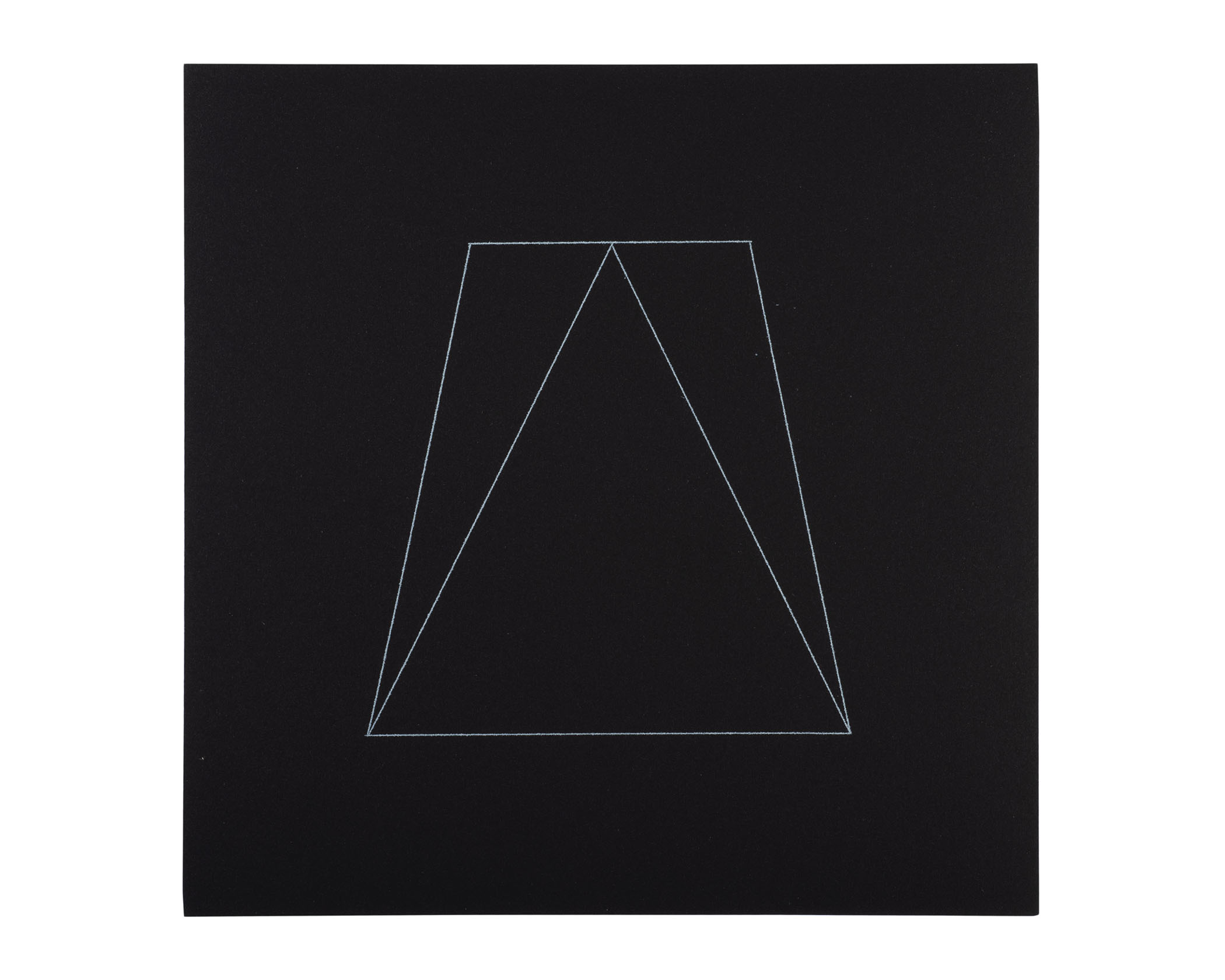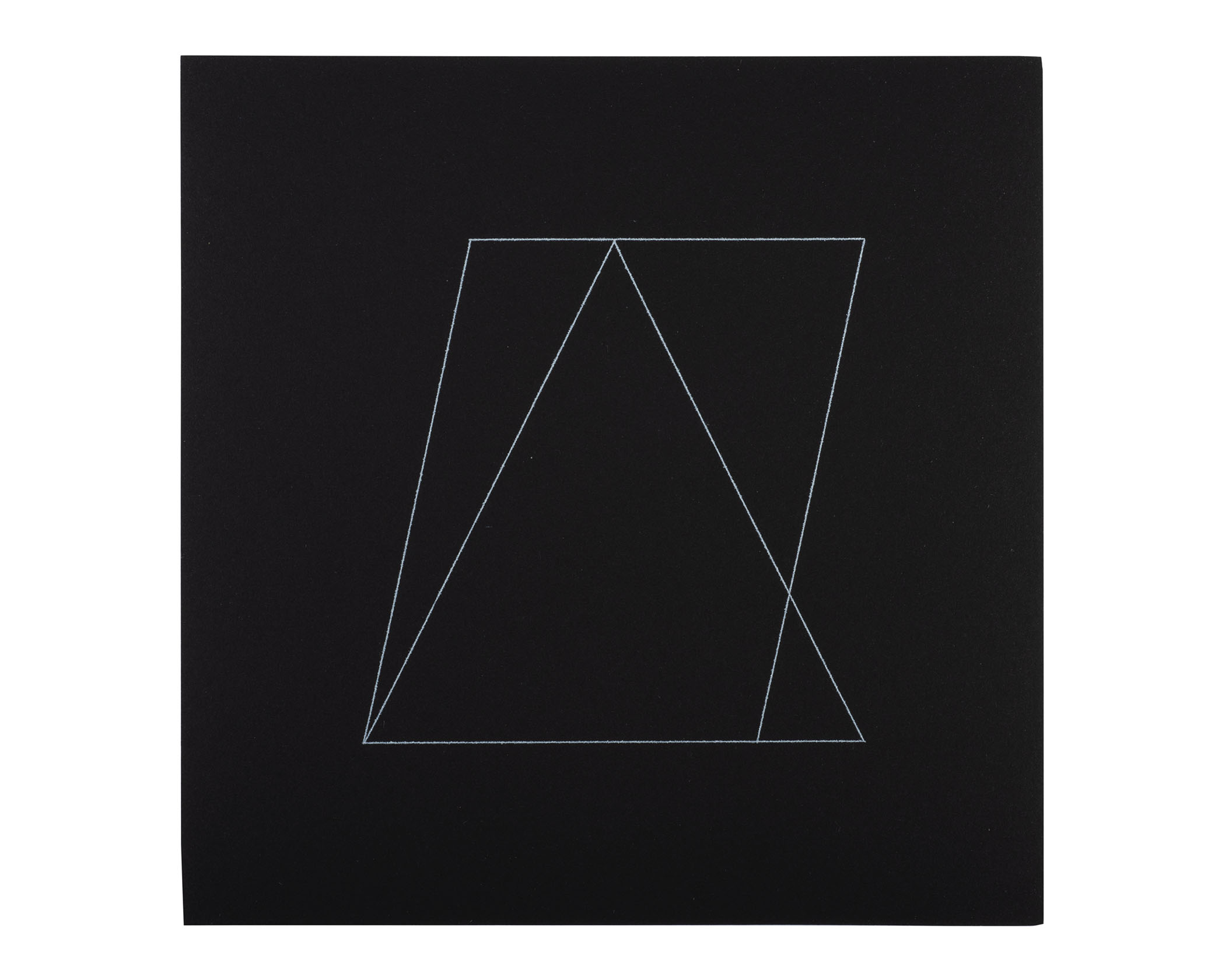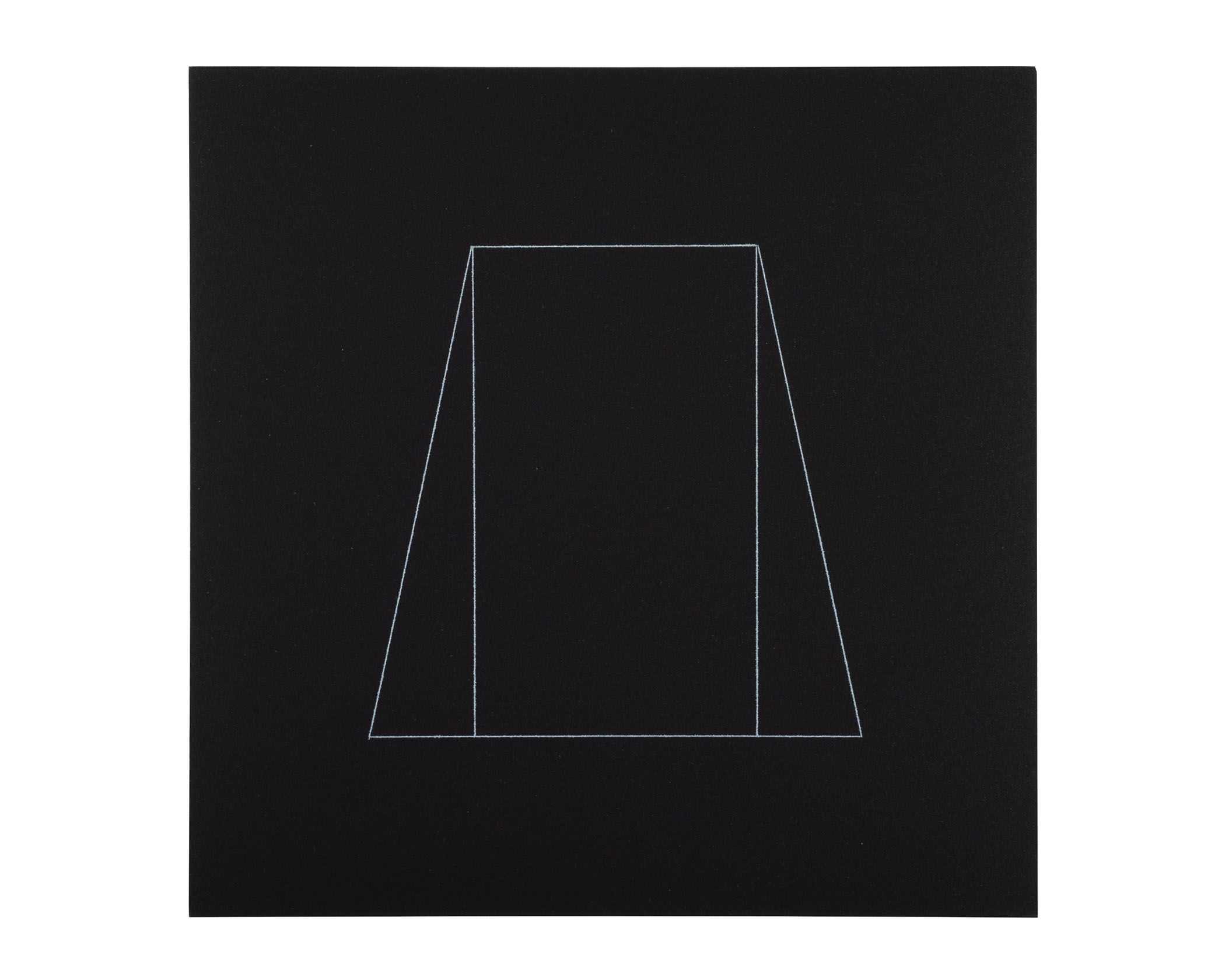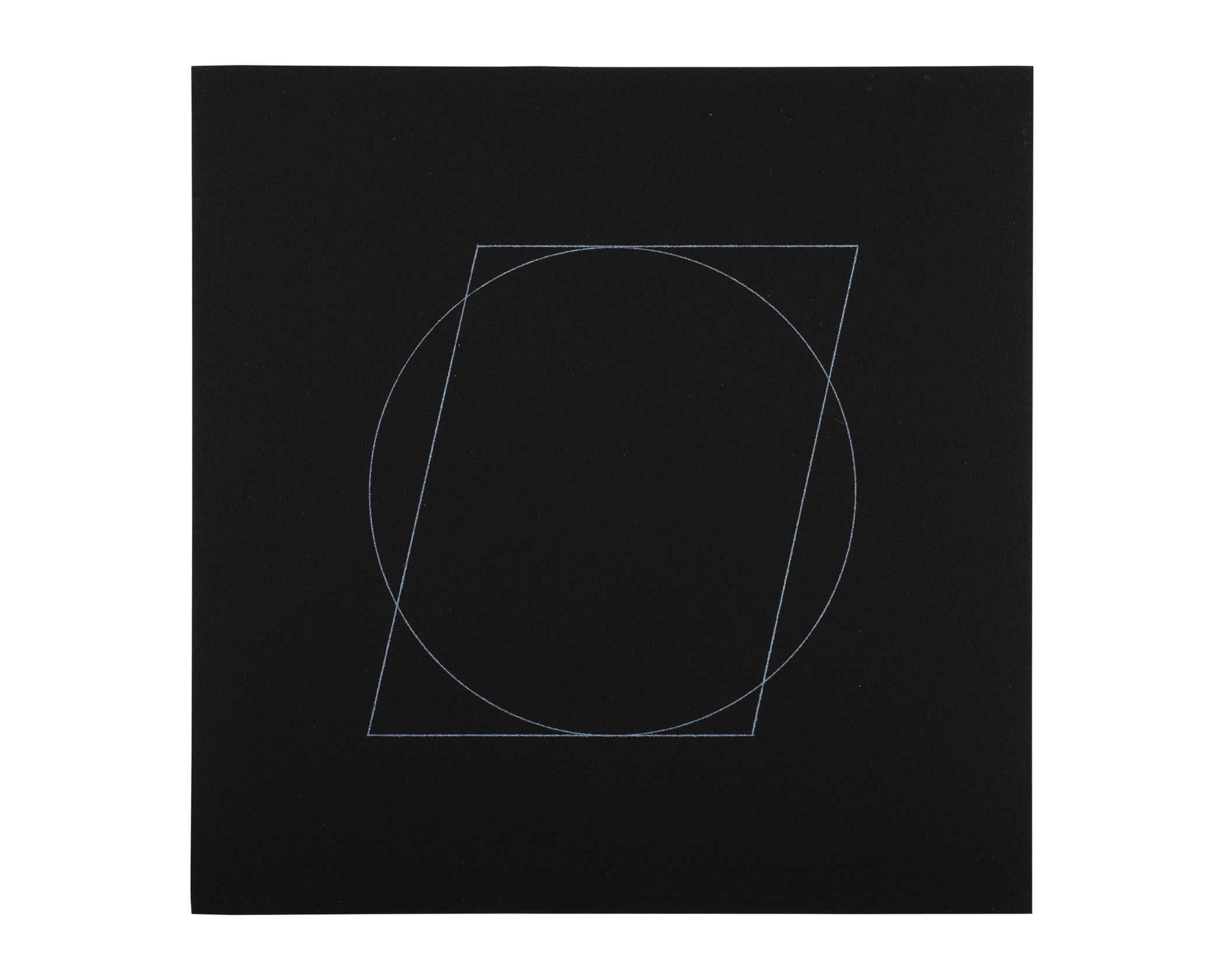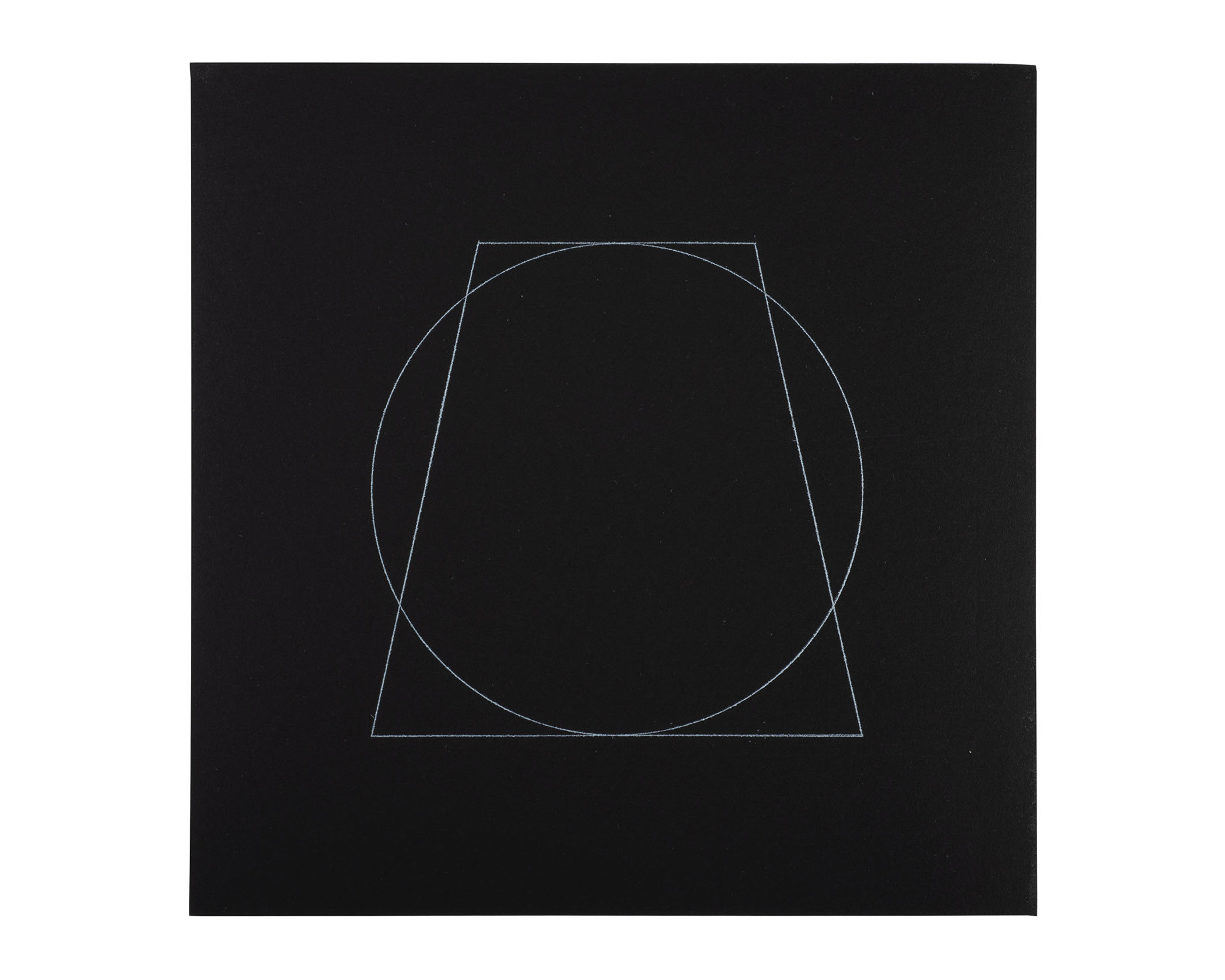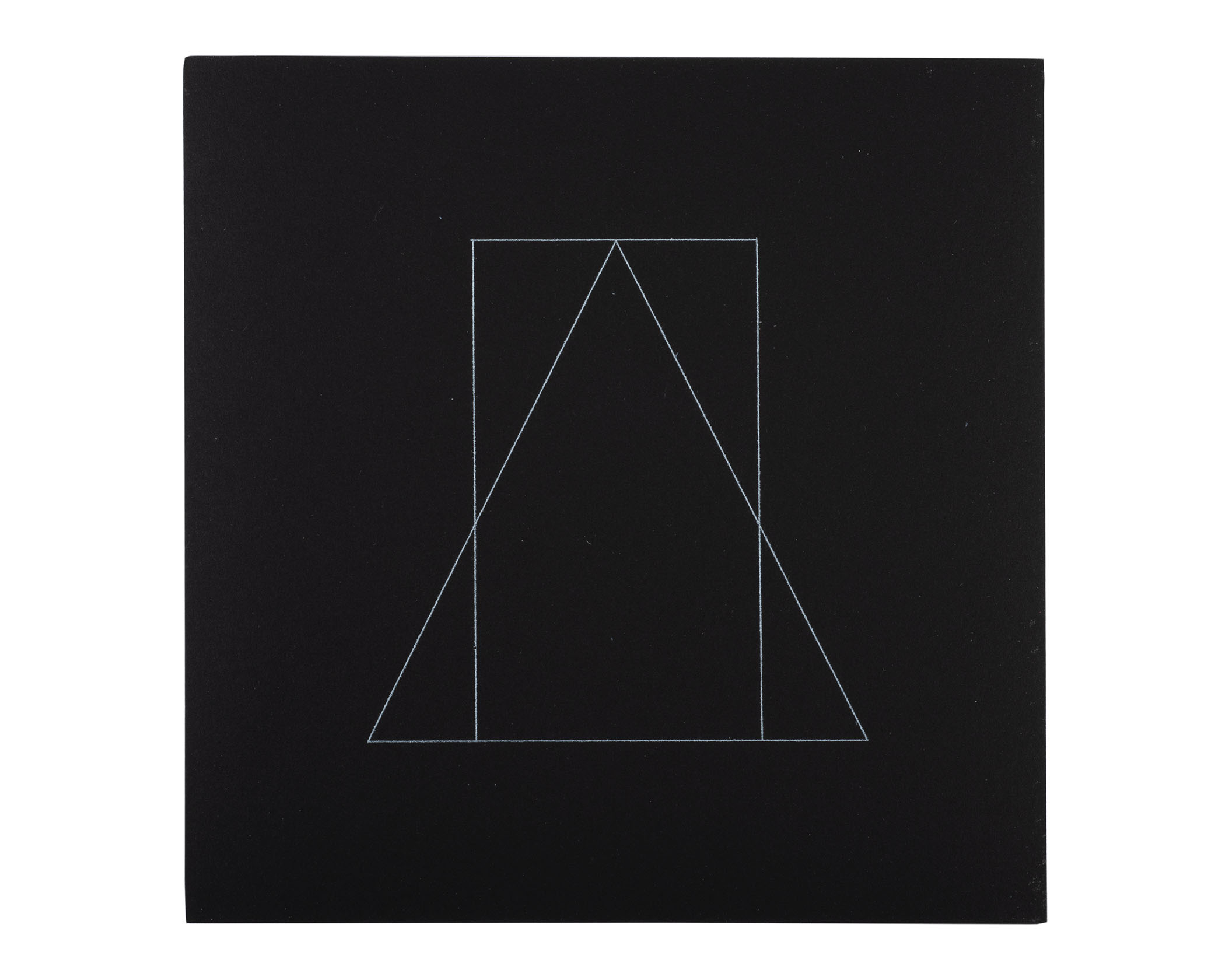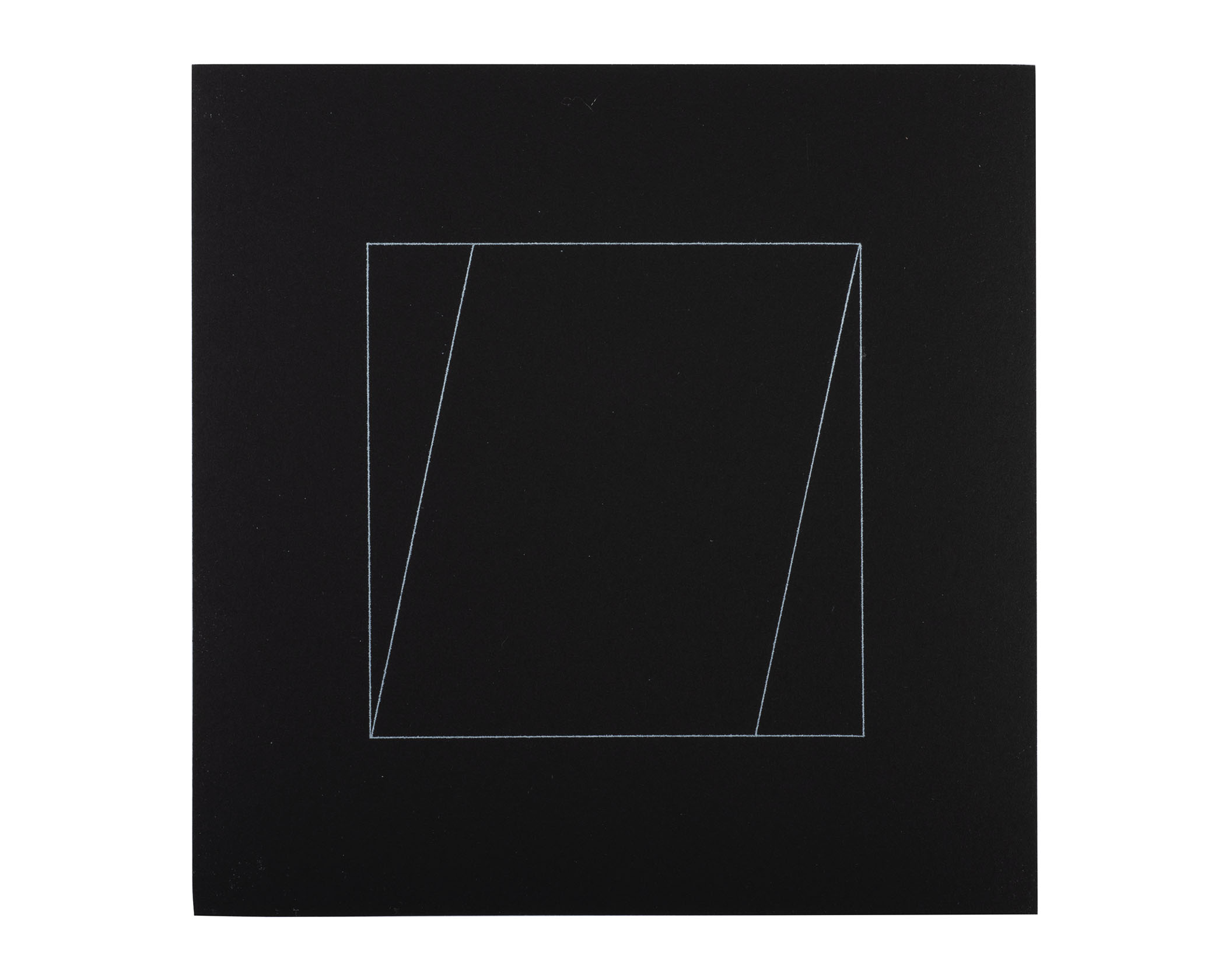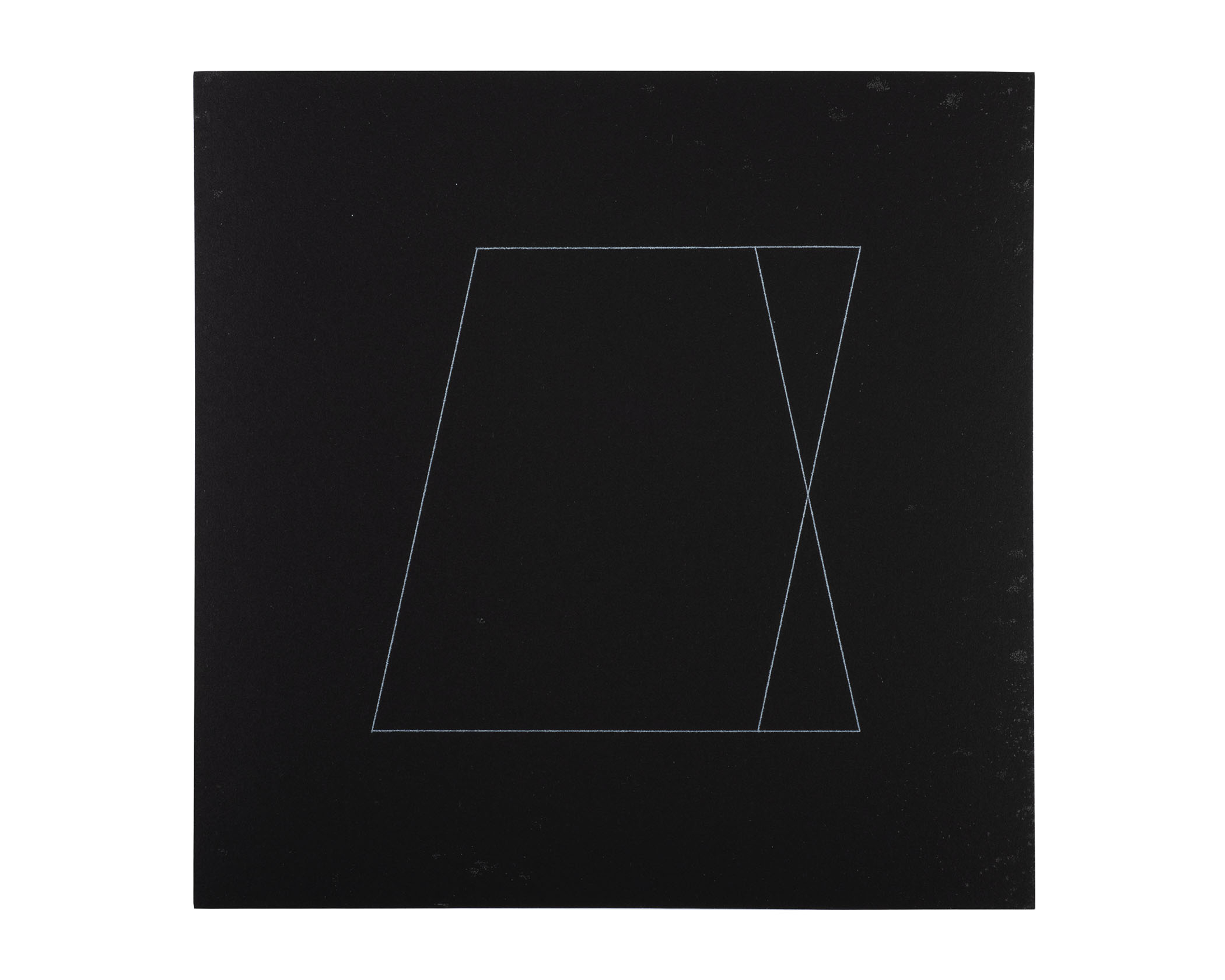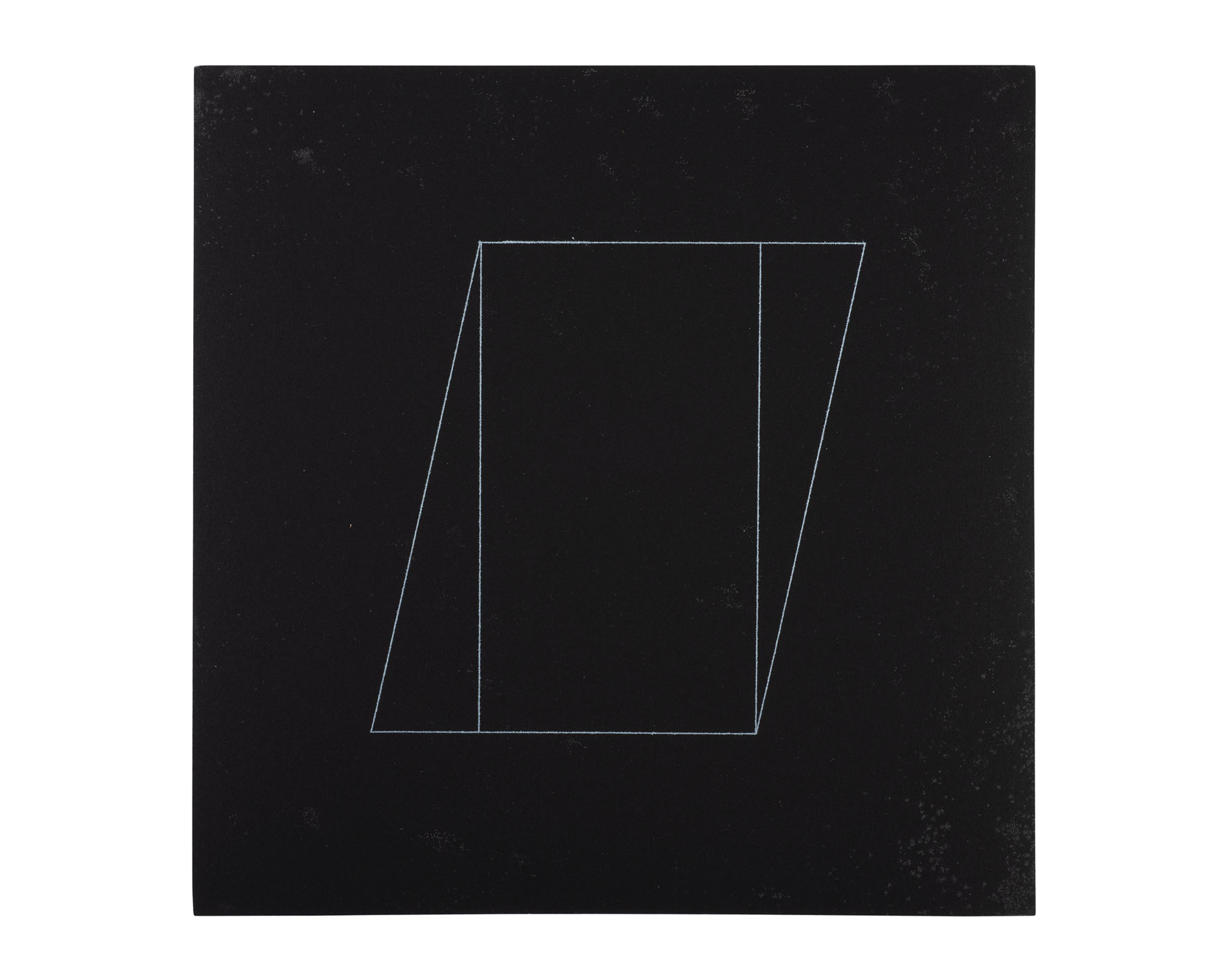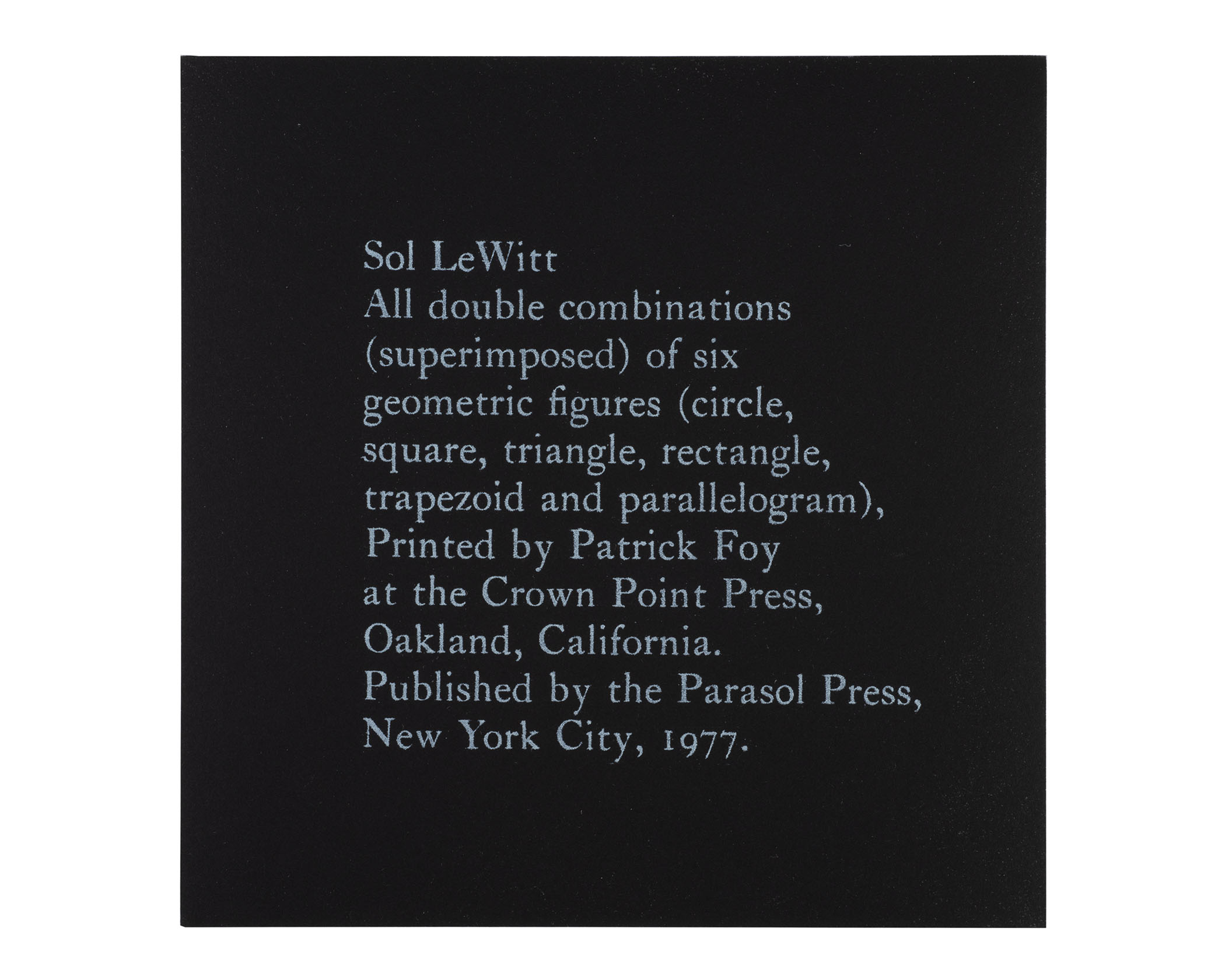
All Double Combinations (Superimposed) of Six Geometric Figures (Circle, Square, Triangle, Rectangle, Trapezoid, and Parallelogram)
16 screenprints in black with white on white wove paper, 1977
Toledo Museum of Art, Gift of Molly and Walter Bareiss, 1984.680
Sol LeWitt emphasized extreme simplification of forms and colors in his work. By repeating and varying a single shape, like the cube, he created complex works of art that make visible his predetermined underlying systems.
LeWitt popularized the radical idea that an artwork’s concept is its most important aspect, the key principle of the Conceptual art movement of the 1960s and 1970s. Many of his works were instructions to be executed by someone else. This challenged the art world’s beliefs about the importance of craftsmanship and the subjectivity of the artist. His emphasis on concept, process, and the invention of rules-based systems has much in common with generative art: The artist designs a system that can be used to create work independently of the artist.
©2025 The LeWitt Estate / Artists Rights Society (ARS), New York
Art created using autonomous systems like computer algorithms, AI models, or rule-based processes where the artist sets up initial parameters but then allows the system to independently produce or contribute to the
final artwork. The artist designs the process rather than directly creating every element, embracing randomness, complexity, and emergence to produce results that often could not be fully predicted beforehand.
